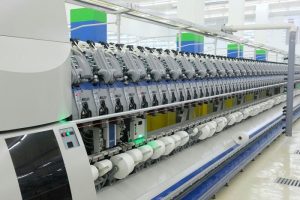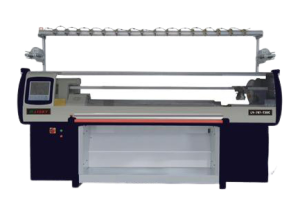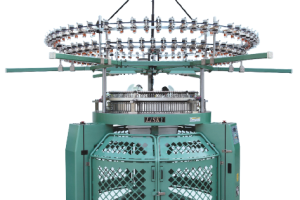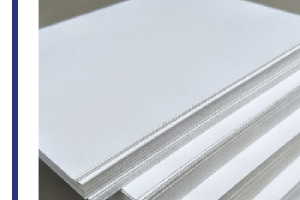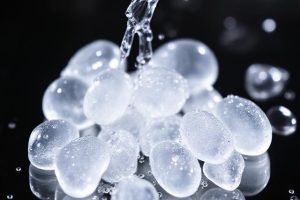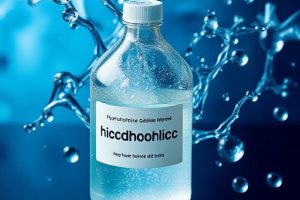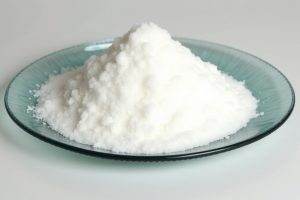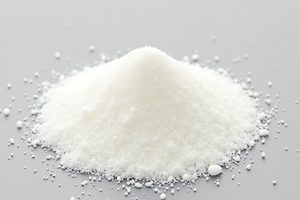The present invention relates to improved non-ionic surfactant compositions and their applications in industrial and consumer formulations. Non-ionic surfactants, characterized by the absence of charge on their hydrophilic head groups, offer superior compatibility with other surfactants, high tolerance to water hardness, and excellent emulsifying and solubilizing properties.
Non ionic Surfactants
Abstract
This invention introduces optimized non-ionic surfactant systems that provide enhanced biodegradability, low toxicity, and stable performance across a wide pH and temperature range. These surfactants are suitable for use in detergents, personal care products, agrochemicals, and industrial cleaners, offering improved performance with minimal environmental impact.
Background of the Invention
Surfactants are amphiphilic compounds used to lower the surface and interfacial tension between different substances, such as oil and water. They are classified into four major categories based on the charge of the hydrophilic head group: anionic, cationic, amphoteric, and non-ionic. Among these, non-ionic surfactants do not carry a net charge, making them less reactive with water hardness ions and compatible with other types of surfactants.
Non-ionic surfactants are typically composed of ethoxylated alcohols, alkylphenol ethoxylates, or block copolymers. They are widely used for their:
-
Low foaming properties
-
Excellent detergency and emulsifying ability
-
Stability in acidic and alkaline environments
-
Reduced skin and material irritation compared to ionic surfactants
However, traditional non-ionic surfactants—especially those based on alkylphenol ethoxylates—have raised environmental concerns due to their slow biodegradability and the potential formation of endocrine-disrupting byproducts.
Non ionic Surfactants
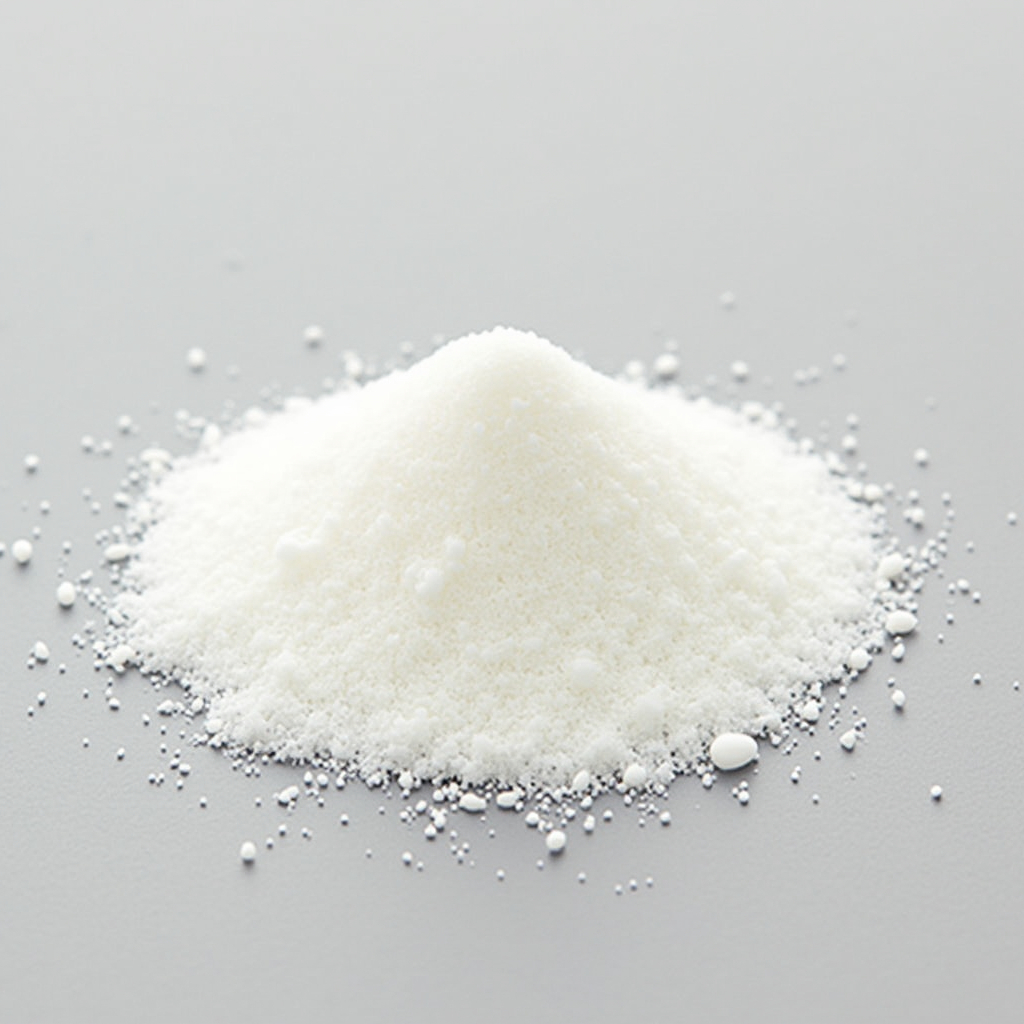
Non-ionic surfactants are extremely versatile and are used in numerous industrial and consumer products. Major applications include:
-
Detergents and Cleaning Agents
-
Personal Care and Cosmetics
-
Agrochemicals
-
Paints, Coatings, and Inks
-
Food Industry
-
Textile and Leather Processing
-
Oil and Gas Industry
-
Pharmaceuticals
Non-ionic surfactants are favored where formulation stability, mildness, and compatibility with other ingredients are critical. The present invention enhances the performance of these surfactants while addressing environmental and health concerns.

